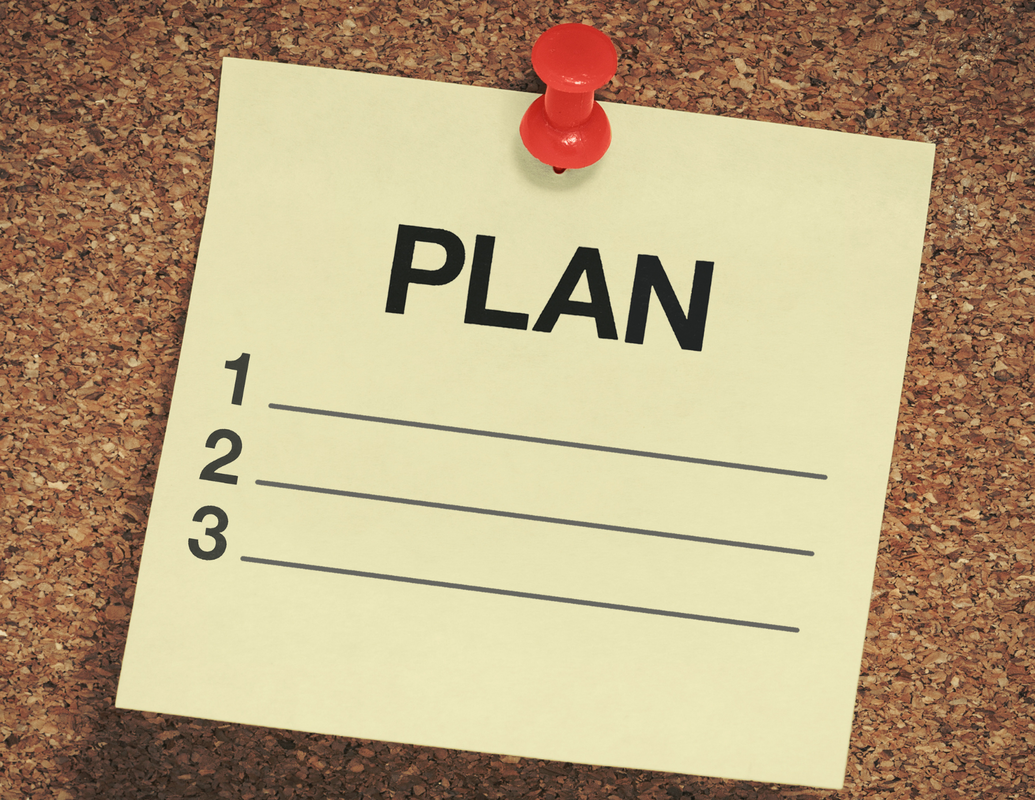|
It’s been exactly 441 days since our family’s life was flipped upside down by COVID-19. Hopefully it will be over soon but for now, here we are. It might be a little more or a little less for you at this point but my guess is that it’s been about that long for you too. It’s funny how when we go through big, sudden changes like that, so many other things change too, sometimes without us even noticing at first. For us, it wasn’t just a change to online classes and no social interaction. There was also a huge shift in the way we interacted with each other as a family. Ironically enough, we’ve had MORE opportunities for French & Chinese (2 of the languages that I don’t speak) and LESS time for Spanish, a language that I’m fluent in. I would’ve thought it would be the opposite BUT...with my husband working from home we’re speaking much more English than was normal in the past (he doesn’t speak Spanish) and since we aren’t seeing friends or getting out into the community much these days, we’ve had more time for things like online language classes in French/Chinese. Because English & Spanish are our family languages, our kids have always experienced Spanish through everyday conversations while they’ve always done French & Chinese through playdates, classes and other structured activities. This pandemic has completely flipped how we utilize these two very different ways of learning languages.
So the HUGE question that comes out of all of this is…...How on Earth do I get our family back on track when we’ve been derailed for so long? You’ve heard the old saying: The first step to solving a problem is recognizing you have a problem? ✓ Check ✓ Step 1 complete. But where do we go from there??? If you’re off track, I want you to start out by making a plan. It doesn’t have to be anything elaborate. Seriously, write it on scrap paper with a broken crayon if you have to, just get it written down. When we have a plan to go back and reference as we go, we’re a lot less likely to stray too far for too long. Write down your goal and your plan to reach that goal but, when you write down your plan, I want you to avoid the most common mistake I see parents make when creating a language plan...
Taking your child to language classes 2-3 times each week + an hour of screen time in the target language daily + reading 2 books each day + reviewing flashcards every other day, well it sounds great and would be effective but it’s just not realistic for most families. A lighter load may not seem as effective but it’s far more effective than choosing such an intense approach, burning out and giving up.
So my own personal difficulty with Spanish right now is simply that I’m in the habit of speaking English. My plan to break the habit is to leave reminders around the house in places where I’m most likely to speak in English (like the kitchen). I’ll be sure to keep my own music & screen time in Spanish as much as possible to keep me thinking in Spanish and, in a week, I’ll re-evaluate and if I’m still forgetting, I’ll set a few alarms on my phone to remind me as well. Are you off track too? What’s your plan to get yourself back on track? Head on over to our Facebook group and let us know. We’d love to connect, support & help you stay accountable =) See ya there!
0 Comments
Remember when you first decided to venture out on this journey to raise multilingual kids? Regardless of whether it was 8 years ago or yesterday, my guess is that you had a reason for wanting your kids to be bilingual and a goal for where they would end up. So what was your reason? Did you want your kids to communicate with family, travel with ease or have better career opportunities? Maybe you wanted them to be able to learn languages easier later in life or you simply wanted them to experience the cognitive benefits of a bilingual brain. Whatever your reason, your child would need fluency in the language, right? ….but what does fluency even mean? It might not be what you expect. Fluency is defined as 'the ability to speak or write a foreign language easily and accurately'. The definition doesn't say anything about speaking or writing like a native speaker. It also doesn't mention anything about how much language has to be spoken or written easily and accurately to qualify as enough.
It grows as you acquire more and regardless of where you stop, you still have some skills and some fluency. We put such a strong emphasis on having a native level of fluency that we forget about all of the wonderful things that lower levels of fluency can achieve for us. Your kids (and you too) can travel with ease, hold a job, read a book, completely understand an age appropriate show and even experience cognitive benefits all without having a native level of fluency. Don't get me wrong....there is nothing wrong with your goal being to achieve native-like fluency BUT it is absolutely ok if that's not your end goal.
Are you ready for some Tips & Tricks that every parent should know about??? YouTube is an absolute gold mine for language learners!!! But not just because you can find engaging videos in so many different languages. YouTube also has a few key features that make it especially amazing.... Let's get started! 1-YouTube has a 'Playback Speed' feature that lets you slow down the video to 3/4 speed, 1/2 speed or even slower. For those with lower levels of fluency, this makes the difference between being able to understand a native speaker and not getting anything.
3-YouTube allows you to create custom playlists so your kids can have the freedom to pick 'any video they want' while staying in the target language and avoiding the 'Suggested Videos' that may not be appropriate. 4-Because you can save videos, your kids can watch and re-watch videos many times. Repetition is not only great for acquisition but it's necessary for acquisition.
We use YouTube all the time to enhance our kids' language learning. Have you ever tried it? I'd love to know....what are you favorite YouTube shows for language learning and...what language do you use it for? Comment below to share your favorites with other parents :)
P.S. Did you know that we have an entire community dedicated to helping parents just like you to nurture their multilingual kids? If you haven't had a chance to check out our 'Nurturing Multilingual Kids' community, head on over to Facebook and join the conversation HERE. Can't wait to see you there! I remember when my son was young, he was a ‘late talker’. He was late but he was still within the normal range of when doctors say they should start talking. As he started putting words together and speaking in complete sentences, nearly every single thing he said was a mix of English and Spanish. I thought it was SO cute but to the outside world, we were making a HUGE mistake! It didn’t help, of course, that we live in a VERY monolingual English speaking part of the world.
The thing is: this was all frustrating, to have our parenting choices questioned (I know you’ve been there too), but I knew better. Not just because I’m his mother and we all know what’s best for our own kids, but also because I knew the research. So, was he confused? Absolutely not! Not only is mixing languages ok for young bilingual kids, IT’S NORMAL. In fact, you should expect your child to mix languages. Think about this for a moment: For your toddler, language is nothing more than a tool for communication, a way to have fun and get what they want or need. They’re going to do all of this in the easiest way possible. With double the vocabulary and double the grammar to process, they have A LOT of choices. They also have different experiences in each language. They might learn colors first in one language and numbers first in another language. If they know animals or food in one language but colors in another, it would make sense for them to tell you all about the “horse azul” or ask for “cuatro strawberries”. Even when their vocabulary is limited, they still learn pretty quickly who speaks each language. I can’t count how many times one of my kids was speaking to my parents and looked over to me for help with a word, specifically with words that we don’t use in English here at home. For example, we use the word ‘peluches’ exclusively for stuffed animals in our house. Even when we’re speaking in English. They still know that it’s not an English word and they still know that Grandma and Grandpa don’t speak Spanish. When they were young they would always stop themselves and look to me to remind them how to say it in English.
As she’s exposed to each language more and her language skills develop, the two languages will piece together and she’ll be able to seamlessly move from one language to another, the same way an English speaker moves from saying “I go-ed to the park.” to “I went to the park.”
It’s important to note that there are good ways and not so good ways to respond to language mixing. You definitely want to respond in a way that will not only encourage their language development but you also want to encourage their love of language while building your relationship with them rather than making them resent you and hate their second (or third) language. I put together a quick easy-to-read guide (don’t worry, it’s free) that outlines common mistakes that you’ll want to avoid and gives you great alternatives. You can download it here. Has your child ever said something cute while mixing languages. I’d love to hear about it in the comments below! Kids really do say the cutest things :) |
AuthorHey! I'm Bridgette, wife, homeschooling mama of 3, entrepreneur, Michigan native and coffee addict extraordinaire. I love photography, travel, teaching, crafting and Saturday afternoon movies with the family. I'm a former bilingual special education teacher who left public school teaching to homeschool my own multilingual kids. I use my professional knowledge of child development & language acquisition along with my own personal experiences to help other parents navigate their own family's multilingual journey. ArchivesCategories |









 RSS Feed
RSS Feed